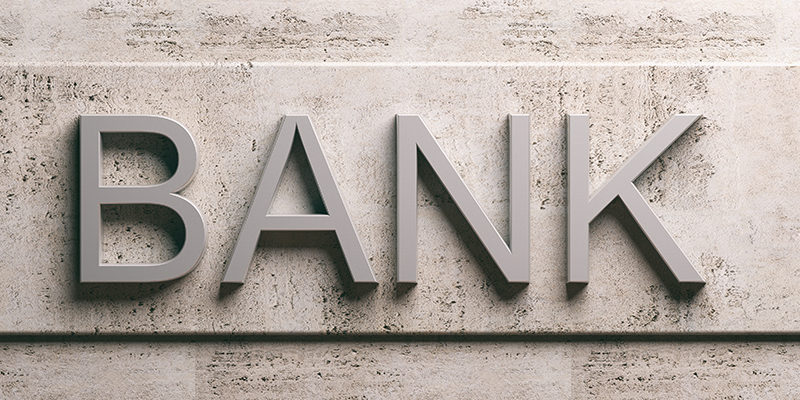External benchmark rate means the reference rate which includes the policy Repo rate of RBI, Government of India’s 3-Months and 6-Months Treasury Bill yields published by Financial Benchmarks India Private Ltd (FBIL), and any other benchmark market interest rate published by FBIL. The interest rate on banks’ lending based on external benchmark shall be reset at least once in three months.
The Spread refers to the difference between lending rates of financial institutions and the cost of its sources. A bank decides the quantum of spread over benchmark taking into account of interest payable to depositors, the risk premium on a particular type of advance, administrative expenses, etc. While fixing the interest rate on their lending banks are free to decide the spread over the external benchmark. But, credit risk premium may undergo change only when the borrower’s credit assessment undergoes a substantial change, as agreed upon in the loan contract. Further, other components of spread including operating cost could be altered once in three years. There shall be no lending below the benchmark rate for a particular maturity for all loans linked to that benchmark.
Banks have been charging floating rate interest linked to the base rate for the Rupee loan sanctioned/renewed between July 1, 2010, and March 31, 2016, and MCLR linked interest rate with effect from April 1, 2016. The floating rate interest on personal or retail loans (housing, auto, etc.) and floating rate loans to Micro and Small Enterprises (MSEs) extended by banks with effect from October 01, 2019, were linked to external benchmarks. The Reserve Bank of India in its circular dated February 26, 2020, notified that all new floating rate loans to the Medium Enterprises extended by banks from April 01, 2020, shall be linked to the external benchmarks.
Existing loans and credit limits which are linked to the MCLR/Base Rate/BPLR shall continue till repayment or renewal, as the case may be. However, the borrowers who have availed term loans are eligible to prepay a floating rate loan without pre-payment charges and are eligible for switch-over to interest rate linked to External Benchmark without any charges/fees. Nevertheless, banks may levy reasonable administrative/ legal costs for the switch over. The final rate charged to this category of borrowers, post switchover to an external benchmark, shall be the same as the rate charged for a new loan of the same category, type, tenor and amount, at the time of origination of the loan. The other existing borrowers who have availed credit facilities under interest rates linked to MCLR/Base Rate/BPLR will have the option to move to External Benchmark at mutually acceptable terms. As per RBI guidelines, in such cases, the switch-over shall not be treated as a foreclosure of the existing facility.
Related post: What are BPLR, Base Rate, MCLR, and Repo linked lending rate(RLLR)?






